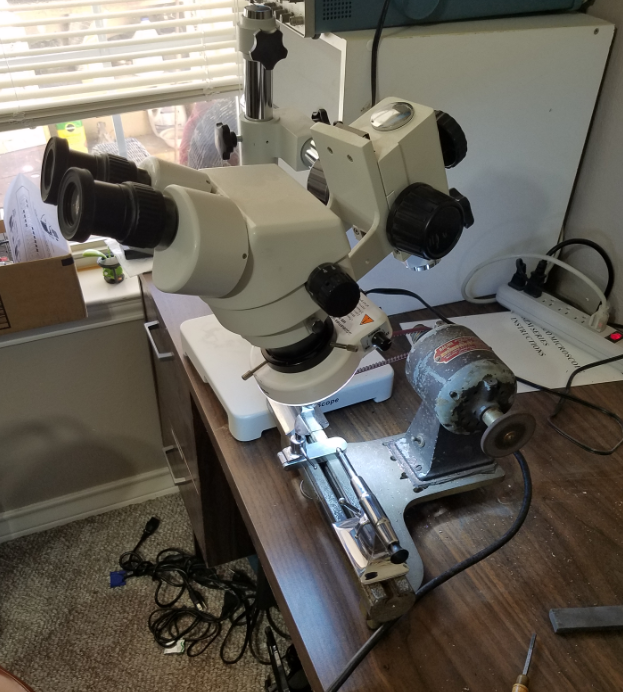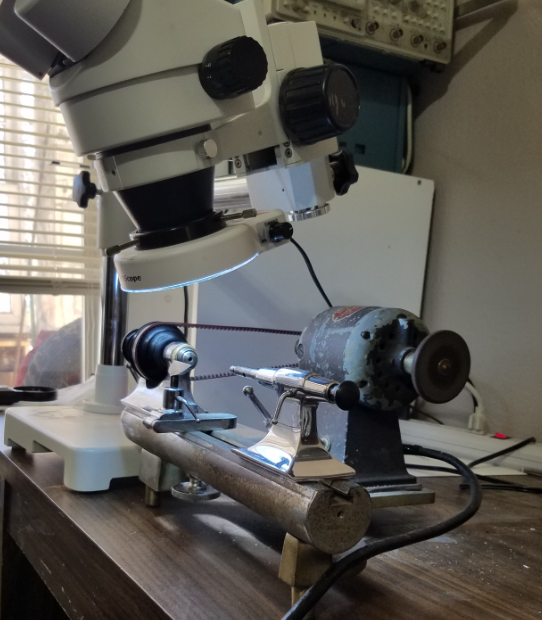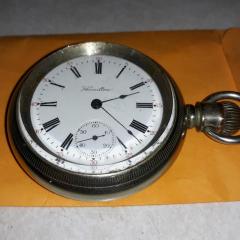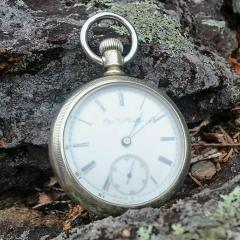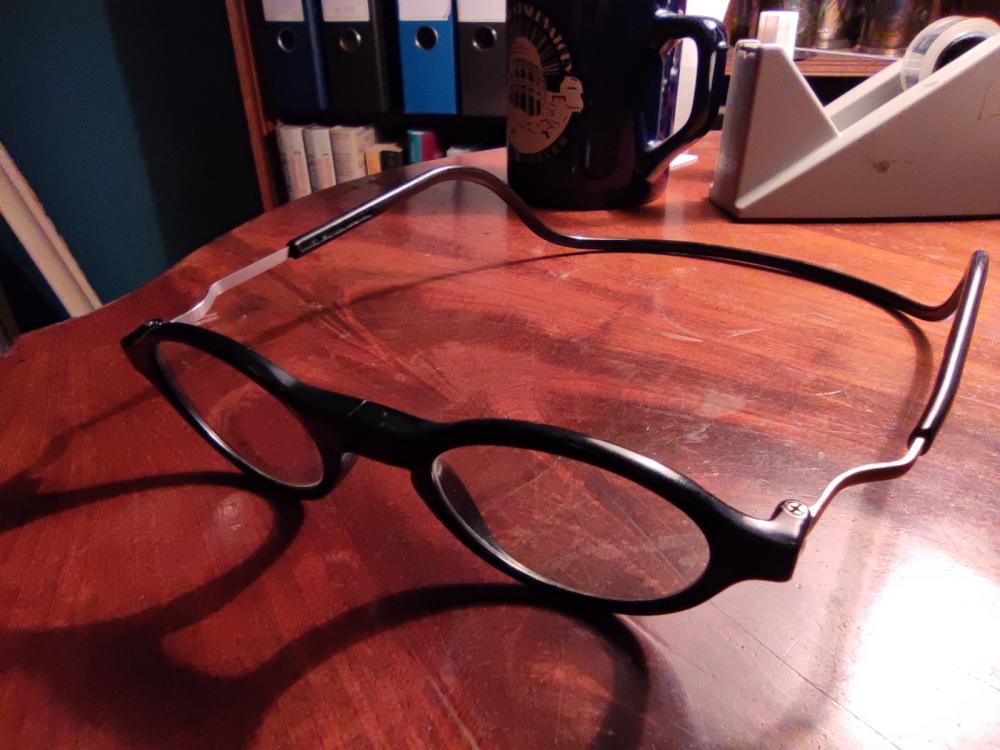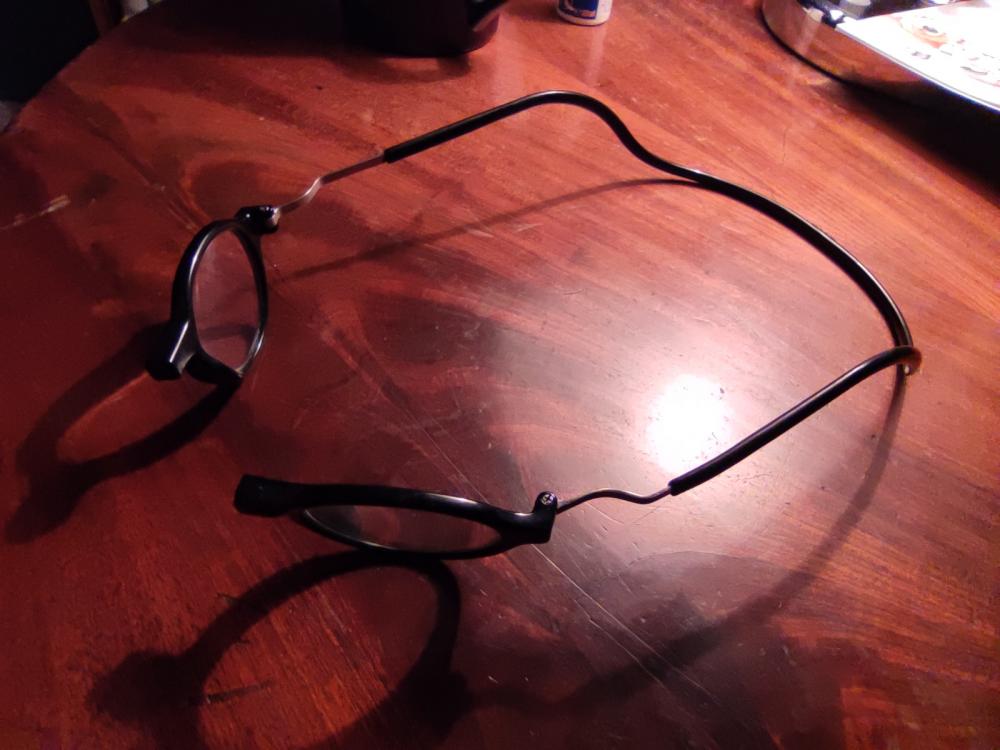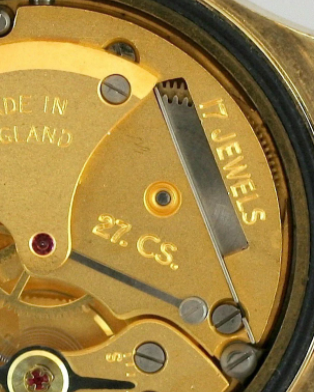Leaderboard
Popular Content
Showing content with the highest reputation on 02/24/21 in Posts
-
3 points
-
Welcome to the forum JR, My eyesight is the similar although I can see well enough without them. I have been wearing Varifocals for years and use a headband binocular set which allows me to wear the glasses and the head band, Ok for normal work but for close up its glasses off and a loupe. The joys of old age among others.2 points
-
1 point
-
While I can make a wild guess based on this being a horological discussion group what sort of horological items would you like to lubricate? As you've already purchased them we will have to work with these were we? To understand the lubrication's you've purchased the website is below you get all the technical specifications. Then you have a problem? If we look at the early early days of lubrication it's a light oil, I heavier oil and a grease. Then today we had in specialty oils for special applications but we still follow that theme starting with a light oil on the balance pivots working to I heavier oil towards the center wheel. Your light oil is the 9010 the universal balance pivots oil. Also a light oil is the 941 which today has been replaced by 9415 but here's will still work is used on the pallet stones not the pallet pivots. But where is your heavier oil? Based on my original question I'm going to assume you're only my work on really really really tiny ladies mechanical watches in which case you could probably use both those oils for the pivots a really don't need a heavier oil but otherwise you need heavier oil. The 9104 is your general grease your playset on all the metal on metal friction parts. the 8200 is a specialty grease used on the mainspring. Then I snipped out the chart found in the website below and highlighted your lubricants. http://www.moebius-lubricants.ch/en1 point
-
Hi handwound Good to hear of your success. Did you see the post re 'Seiko 6139B centre second alignment', some useful info in it. Your links don't seem to work, just get a black page with a very small image at the centre. I would very much like to see your pics.1 point
-
We have an interesting problem here would don't we? I have a heck of a lot of experience and knowledge in horology and in Horology your relatively new. Don't worry I'm sure you can find some place where I'm wrong.1 point
-
Hi There is a simpler version, I will try to find it for you meanwhile attached is the tech sheet for your watch should you wish to dig a bit deeper some time. 234_Seiko5M62A,5M63A.pdf1 point
-
No teeth on drive, or headstock. Just friction. As I recall...my dad had a leather belt installed back in the day. Not sure what caused the transition. It is a very nice belt and will never break--pretty sure of that. It is quiet.1 point
-
1 point
-
1 point
-
Thanks watchweasol. I will look into them. My frugal nature feels that leveraging something that I already own (my PC) for this task would at least save space if not money. Shane1 point
-
Doesn't this just verify that I was correct? We're not trying to pick up audio so in which case we do not need a microphone. Then you might find the link below interesting https://www.shure.com/en-US/performance-production/louder/the-history-of-crystal-microphones-and-artifacts-from-the-shure-archives1 point
-
1 point
-
I think the only tool I know of that would do that job is a Dentist drill as they have a very small right angle drill and I am sure the bits a swell1 point
-
1 point
-
1 point
-
That looks like a standard toothed V-belt. Highly unlikely that the pulleys have teeth as well. The teeth allow the belt to go around tight turns more easily.1 point
-
1 point
-
Indeed, the piezos that I used when originally developing Watch-O-Scope uses piezos taken out of a greeting card's speaker as their microphones.1 point
-
A Chinese timegrapher is really affordable. If you were planning on only regulating this one watch in your lifetime, then getting a timegrapher is probably an expensive toy. But I saw that you have a whole box full of watches in your original introductory post, so you will be needing a timegrapher sooner or later. And as JohnR725 said, oils are expensive. Just getting a basic set of oils will cost more than the timegrapher. But a word of caution, if you have other Timexes in your box, the type with pin pivots and pin pallets, don't expect to see a nice single line trace on your timegrapher. That's not going to happen. ?1 point
-
The manufacturer was to my knowledge a German company and has a Swiss anchor, a full seventeen jewels, no pins. It's a nice little movement just a bit small for my current skill level. I have had it completely apart and back together before initially posting. Since, I have had the balance and it's jewels out at least twice, shoting the Incabloc clips across the bench at least twice per side on each occurrence. I couldn't see it being a main spring problem since the amplitude didn't change when gently influencing the center wheel so I stripped and cleaned the whole thing again. At each location, I chose a lighter oil while reassembling the second time and the amplitude improved significantly. It still shows a small (almost acceptable) variation in rate but I still can't seem to adjust out the beat error. I have heard magnetism can show up in odd ways so I have arranged for a borrowed demagnetizer. I do have so many places to spend money with this hobbie. I just feel that a dedicated piece of hardware for adjusting away last bit of error is not the best place for me to invest right now (but I will at some point). Thanks. Shane1 point
-
Hi and welcome, if you are an on-off-on guy like myself I can highly recommend these Italian glasses. They are called Clic and come in many colours and shapes. You have them hanging from your neck. They are opened from the front via a magnetic lock. Plus they look a lot more expensive then they are. Indispensable... Cheers and all the best Alex1 point
-
1 point
-
The click is Seiko like - see pic I don't believe your movement is cal 94 - I think those are batch numbers. It's probably a Cal 60564 - see pic here smiths-astral-national-17 A good source for Smiths parts is John Senior at http://www.obsoletewatchandclockparts.com/ You could try https://www.smithswatches.com/ or look for a scrap movement on ebay. If all else fails, it's probably easy enough to make one as it's just a flat bit of spring steel..1 point
-
1 point
-
1 point
-
You want a hardenable steel, preferably (strongly) in its annealed state. As close to final thickness as possible, as it's a long boring process to work it down. Stick the old part on your blank metal. In school we used soft solder, but you can use superglue or whatever is handy. If you have the broken bit stick it in place as close as you can to its proper position. If you don't have it, you can approximate it from the Bestfit drawing. Now you can drill through the holes in the original part, and saw and file around the perimeter of the old part. One way we were shown was using a Dremel type cutoff wheel held in the lathe, with a slotted table in the T rest, and you grind away the blank. I never liked that as the wheel wears and the grinding dust and precision lathe bearings is a bad mix. It goes quite fast with a jeweler saw and file. If you can only find pre-hardened steel, like feeler gage or old clock mainspring (yes it's a fine material), it would be best to anneal it first. Heat it to a dull red and let it cool as slowly as possible. If using clock spring now you can redress it pretty flat, finishing on various grits of abrasive paper to get it uniform. Don't get nervous about making the spring arm too fine, if it's too thick it will be hard to pull into setting position and it could lead to premature wear on the detent and stem slot. Make it as close to original as possible. To reharden (or harden), heat to an orange color and quench in oil. Even if it's a mystery steel this will 99.9% of the time work fine for small pieces like this. I like to hold the part in a steel tube, I use old canisters from seltzer or whipped cream siphons (they are about 20mm diameter, cut the neck off, perfect for watch parts). If you want to get fancy fill the tube with wood charcoal powder before heating to orange, and the part will come out of the oil a nice grey color. If you don't use the tube then it's good to make a little basket out of iron wire to heat the part in; this helps ensure the heating is even all around. If it's dark in color after quenching, brighten it on fine abrasive paper, then heat in a little pan of brass filings over an alcohol lamp until it turns a nice blue color. Now you can finish it, a grained surface off of abrasive paper it nice, and use a toothpic in a hand motor and some polishing paste to finish the notches that work with the pin on the detent. This can also remove the blue from the sides and in the holes. Ah- if there are countersunk holes for the screw/s, do this (with and appropriate drill, hand held in a pinvice) before hardening.1 point
-
Buying sheets for just a tiny part makes little sense, you can get a feeler gauge for cheap and sacrifice the most suited blade. I do that all the time for shimming too.1 point
-
Hi all, I'm servicing a Seiko 7T32-6N10 and am tryinf to source a flat black gasket that fits between the slide rule bezel and case. As far as I can determine, it's a flat plastic one as ca be seen in this video: Does anyone know the part number and a supplier? Thanks in advance.1 point



